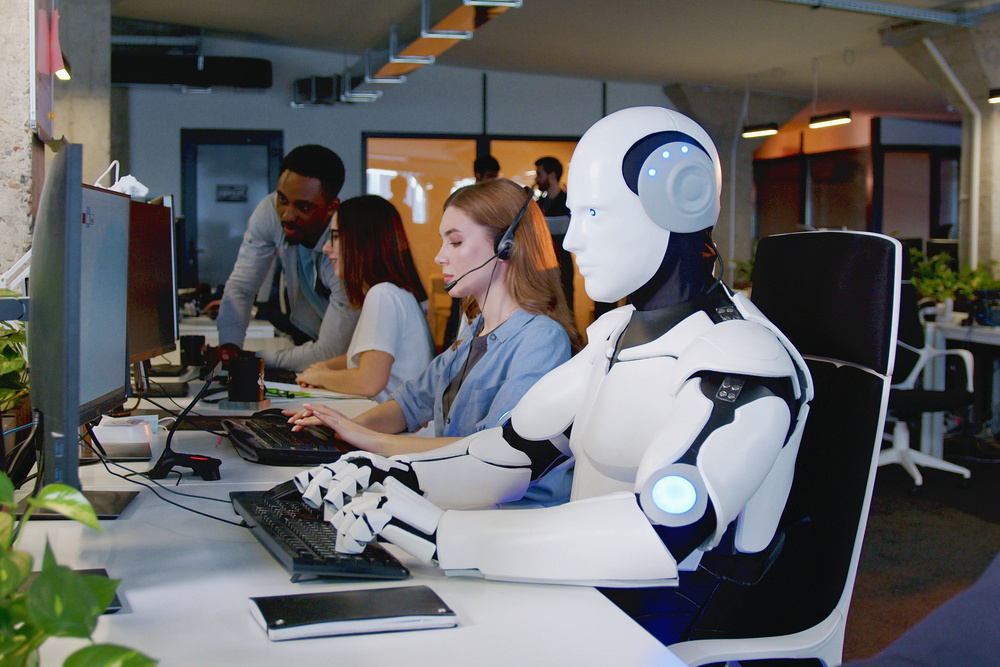Of course, it’s easier to issue a mandate forcing employees back to work than it is to address the tricky changing office culture and work out how best to respond to it. But, ultimately, mandates are bound to be a false economy.
Take law firm Osborne Clarke, which has already suffered much brand damage online after announcing its plans to tie bonuses to being physically in the office. This command-and-control move instantly sparked heated debate on LinkedIn with many top lawyers, especially those with more diverse backgrounds and with caring responsibilities, saying this decision will now put them off working with the firm – either as an employee or as a partner.
In one thread, labels hurled at Osborne Clarke included ‘dinosaur’, ‘lazy’, ‘non inclusive’, ‘archaic’, ‘crazy’ and ‘gobsmackingly short sighted’.
Not a great day at the office for the firm that day.
Encourage return through positive means
David Lincoln, Managing Director of Strengthscope, commented on the post:
“Let workers play to their strengths, let them be the best they can be, and if you must encourage people into the office, do it through positive means not through threatening the financial wellbeing of your teams.”
This is especially true amidst a cost of living crisis, which can affect all of us. Yes, even lawyers. (See this webinar which discusses the fact financial wellbeing is not necessarily related to how much money you have).
At this point in time post-pandemic, many employers are recognising that, despite the obvious benefits of flexibility, there are some work tasks that are better done face to face. Certain types of collaboration and team building, for example.
Creating attractive environments
The most progressive employers are getting employees to want to return to the office because they are creating such attractive environments that offer something over and above what the worker can get at home. They are also putting wellbeing at the centre of their back-to-office strategy.
It should be noted that the most progressive employers were actually doing this well before the pandemic. It’s just that post-pandemic these ‘nice to haves’ have become ‘got to haves’ if you want to attract and retain top, diverse talent.
As Lewis Barker, Director, Workplace Services EMEA, Service Now, says:
“There is no doubt that the pandemic helped accelerate working practices, but a lot of what we’ve seen is what people were doing beforehand, but it wasn’t formalised. Within the tech sector there has always been flexible working and with that office designs haven’t pivoted too much.”
Connection between performance & environment
Claudia Bastiani, Head of Workplace Experience & Design at Legal and General, agrees that the drive was well under way towards employing workplace strategists and designers, with wellbeing at the heart of briefs, because of the recognition of “such a connection between how you perform and your environment”.
“The best thing for me about the pandemic is that now the C Suite is truly engaged in the power of the workplace,” she says. “Number one, they’re wondering why they’ve got so much space and do they need it all? Can they be more efficient? Can they rethink how they work productively in this new era? (and they can probably save some money). Number two, they are understanding that in order to justify the commute into the office you’ve got to be providing an environment that’s better than home – a destination workplace where you can connect with your Brand, other colleagues/people and with your organisation’s purpose”
So how do you create an environment that employees actually want to come into, with a spring in their collective steps?
How?
Well, as with most things wellbeing, there is no one-size-fits all-solution. Sorry.
It very much depends on your particular employees and what they want.
“The challenge for us today is not found in explaining why offices are valuable, but identifying and amplifying what people value about them the most,” says a report on the Art of the Workplace, by The School of Life, commissioned by Brookfield Properties.
Caitlin Warfield, Vice President, Marketing and Communications, Europe & UK, Brookfield Properties, explains that every time the firm works on a new brief the first thing it does is assess the people working in the building and then tailors the design to them.
Social events in the office must be considered
Social events and interaction points are a core part of the design thinking process because creating opportunities for connection is so vital now.
“People crave connection. Even the most introverted person craves connection. Being in a space with other people is so important to prevent loneliness, which is really prevalent today,” says Warfield.
As The School of Life report identifies, the way a building is designed and used can also be a way to underline purpose – another pillar of wellbeing – and this will also vary from employer to employer.
“Rather than creating a home from home in reaction to our changed working patterns, offices should be spaces that inspire and generate an instinctive sense of purpose,” says the report, arguing art and wellness spaces can be a key part of this strategy and an effective way to convey purpose and values.
Biggest mistakes employers make
One of the biggest mistakes employers make when creating workplace environments today is that they see what others – especially the tech companies – are doing and simply copy it. But, while it’s great to use others for inspiration, it’s essential you design your workplace with your employee – not someone else’s – front of mind. The best way to do this is to involve them in the process.
Bastiani, for example, usually creates a ‘Challenger Group’ when embarking on a project, who she consults throughout, from office search and selection to design/construction and going live with a new office.
“They are usually made up of a selection of Employee Networks, so are representative of all communities/groups within the organisation,” she says. “They are the sounding board for all milestone decision points so that inclusive selection, design and delivery is recognised and captured. For others within those communities, it is a great way to feel like the organisation values and recognises everyone.”
The role of collaboration
As well as collaborating with key employee groups, Barker advises also ensuring that whoever leads the project is also working closely with the Real Estate, HR and IT departments. “It’s all about the employee experience. We all contribute to this experience of the employee and the workplace tends to be the connector,” he says.
The other big mistake Bastiani has witnessed is bringing Change Management on board too late. The culture of workplaces is changing rapidly but humans aren’t always as quick to embrace behaviour change, so need nudging in the right direction and this needs to be thought about carefully at strategy stage.
The powerful role of change management
“Don’t underestimate the importance of change management,” she says. “They’re often tagged on six months before the end of a project but it’s best if they’re involved at strategy stage (Visioning) and a good 18 months before go live, because that is when the behaviour change piece is considered aligning to the vision for the new office environment you are creating. If you bring them on later then all they can really do well is physical logistics of a move.”
One of the most exciting areas for her now, as we look to creating workplaces for future, is how you create genuinely inclusive spaces, particularly for employees on the neurodiversity spectrum. Again, employers at the cutting edge have been considering this already but now it is becoming more standardised, with the rise of specialist neurodiversity architects.
“We’re seeing a real shining light on this space globally, along with neuroscience and the emergence of ‘neuro-architecture’,” she says. “We don’t know all the answers yet. And that’s what makes it so fascinating. For people like me, designing workplaces for the future, learning and development is so much of what we need to be doing because things are always changing. But the thing that remains the same is the importance of knowing your people.”












